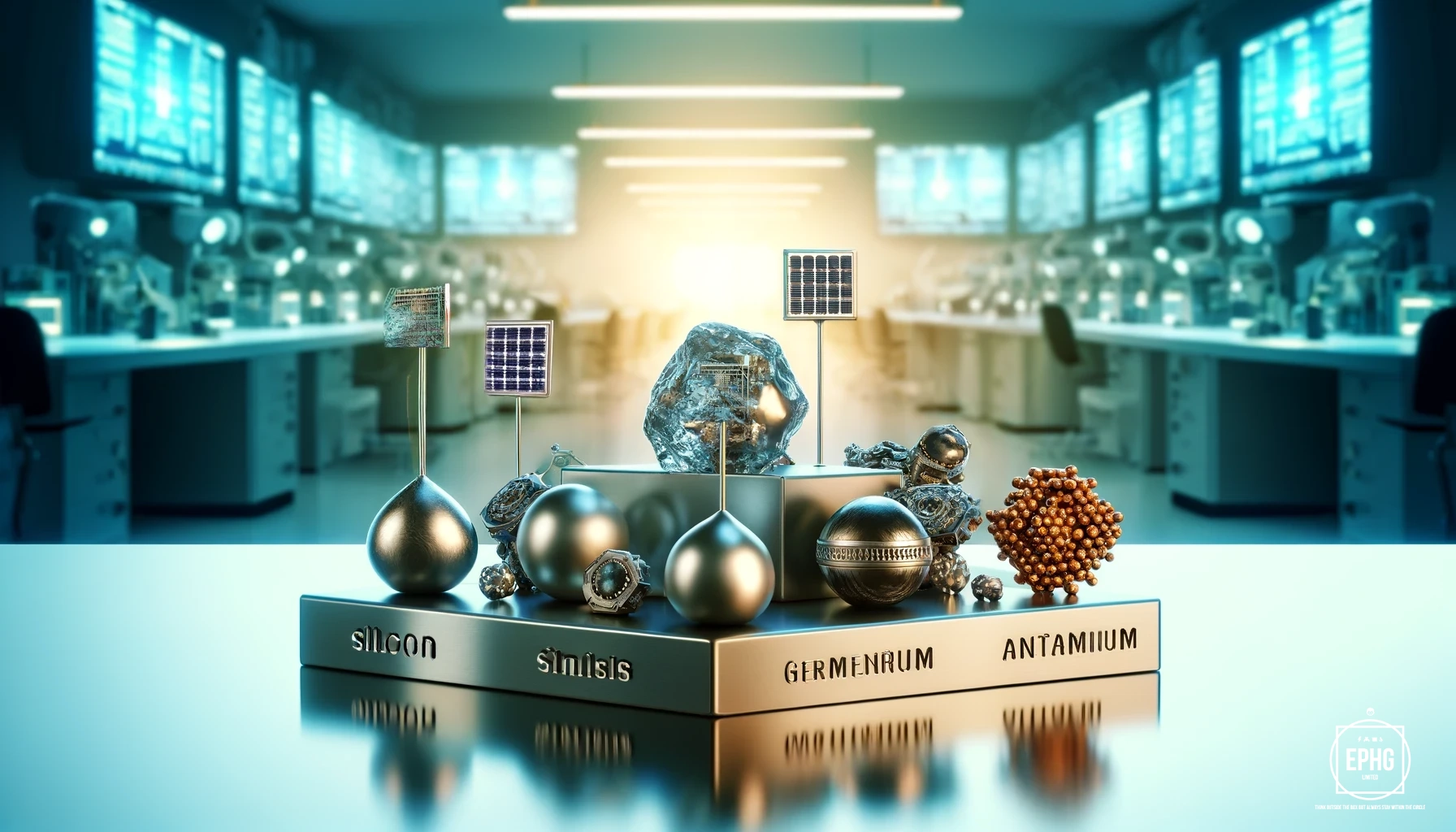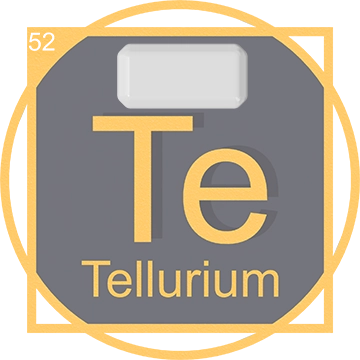Understanding Metalloids: Bridging the Gap Between Metals and Nonmetals
Delve into the intriguing world of metalloids, versatile elements that possess unique properties making them indispensable in various scientific and industrial fields.
What Are Metalloids?
Metalloids are elements that possess a mix of metallic and nonmetallic properties, positioning them along the zigzag line on the periodic table between metals and nonmetals. Common metalloids include boron (B), silicon (Si), germanium (Ge), arsenic (As), antimony (Sb), and tellurium (Te). These elements are characterized by their semiconductor properties, making them essential in electronics and other high-tech applications.
Characteristic Properties of Metalloids

Metalloids are known for their ability to conduct electricity better than nonmetals but not as well as metals. They typically have a shiny, metallic appearance but are brittle and poor conductors of heat. These properties make metalloids ideal for use in semiconductors, where controlled conductivity is essential. Metalloids also tend to exhibit mixed chemical behavior, sometimes reacting like metals and other times behaving like nonmetals, depending on the reaction environment. Additionally, they often have intermediate electronegativity values, bridging the gap between metals and nonmetals in various chemical reactions. Their unique combination of physical and chemical characteristics continues to be crucial in electronic, optical, and industrial applications.
Metalloids Applications in Technology

Silicon and germanium are perhaps the most well-known metalloids due to their roles in the semiconductor industry. Silicon is the foundation of most electronic devices, from computers to smartphones, due to its excellent semiconductor properties. Germanium is used in fiber optics, infrared optics, and solar cells for its optical properties.
Sources and Extraction of Metalloids
Metalloids are typically extracted from minerals found in the Earth's crust. The extraction and refinement processes are crucial for obtaining high-purity metalloids necessary for technological applications, particularly in the electronics industry.
Environmental and Safety Considerations of Metalloids
While metalloids play critical roles in modern technology, they also pose environmental and health risks if not handled properly. For example, arsenic, though useful in semiconductors and lead-free solder, is highly toxic and requires careful handling and disposal to prevent contamination and poisoning.
The Future of Metalloids

The demand for metalloids is expected to grow, particularly as the need for advanced materials in electronics, photonics, and renewable energy solutions increases. Ongoing research aims to explore new compounds and alloys that can enhance the properties of metalloids for future technological innovations.
This wide image vividly captures the future of metalloids in a cutting-edge research laboratory. Scientists are shown deeply engaged in experimenting with new metalloid compounds and alloys, exploring their potential applications in advanced electronics, photonics, and renewable energy solutions. The laboratory is equipped with state-of-the-art technology, emphasizing a futuristic and innovative atmosphere. This setting underlines the crucial role of metalloids in driving future technological advancements, highlighting the ongoing efforts to enhance their properties for cutting-edge applications.
Frequently Asked Questions about Metalloids
- What makes metalloids unique?
- Metalloids' unique ability to act as semiconductors, bridging the properties of metals and nonmetals, makes them unique and valuable in various applications.
- Are metalloids recyclable?
- Yes, metalloids like silicon can be recycled, particularly from electronic waste, contributing to sustainable practices in the industry.
















